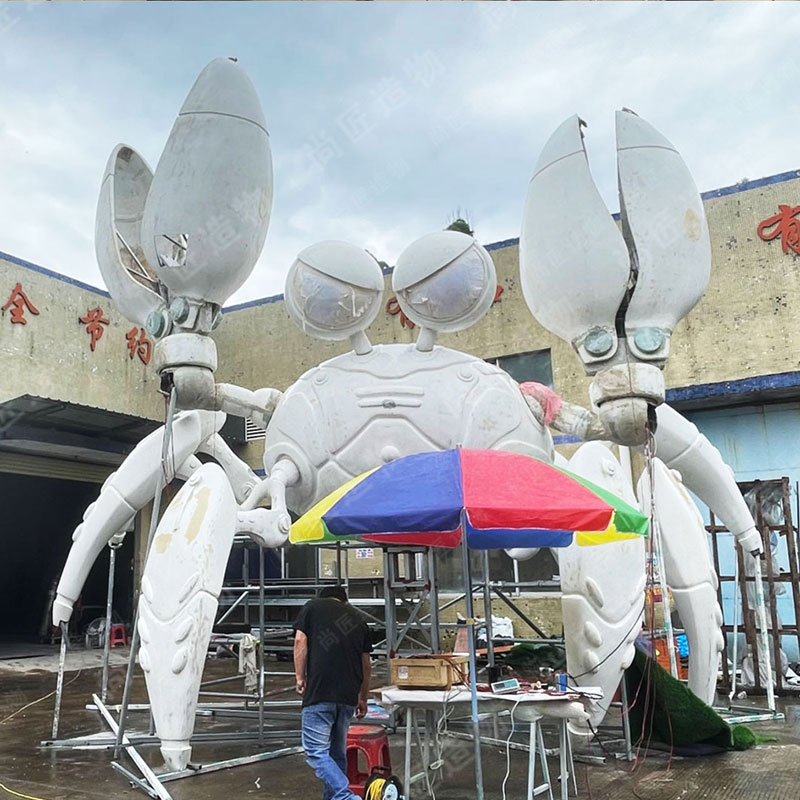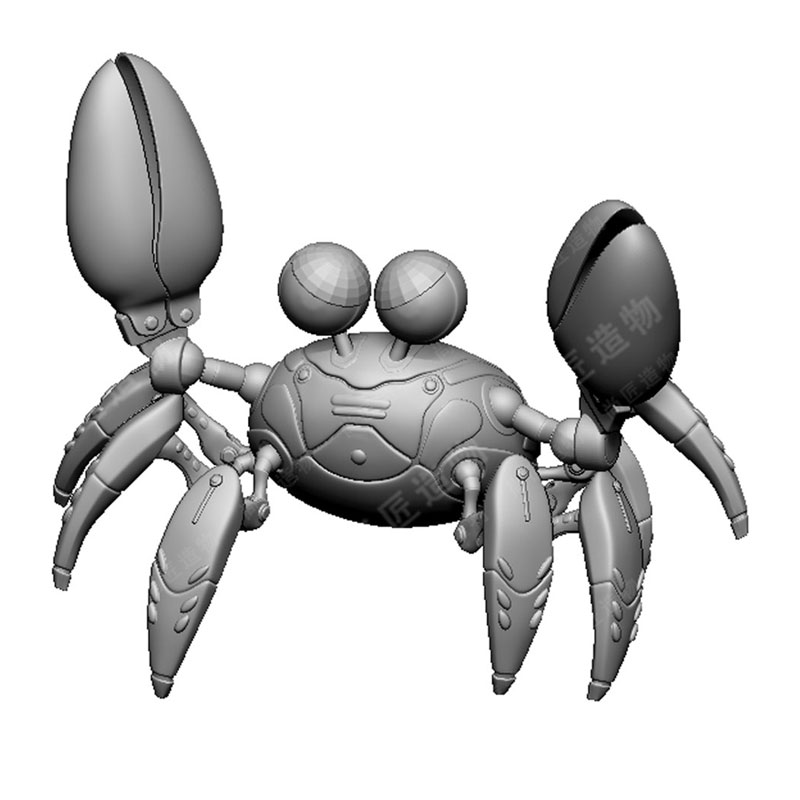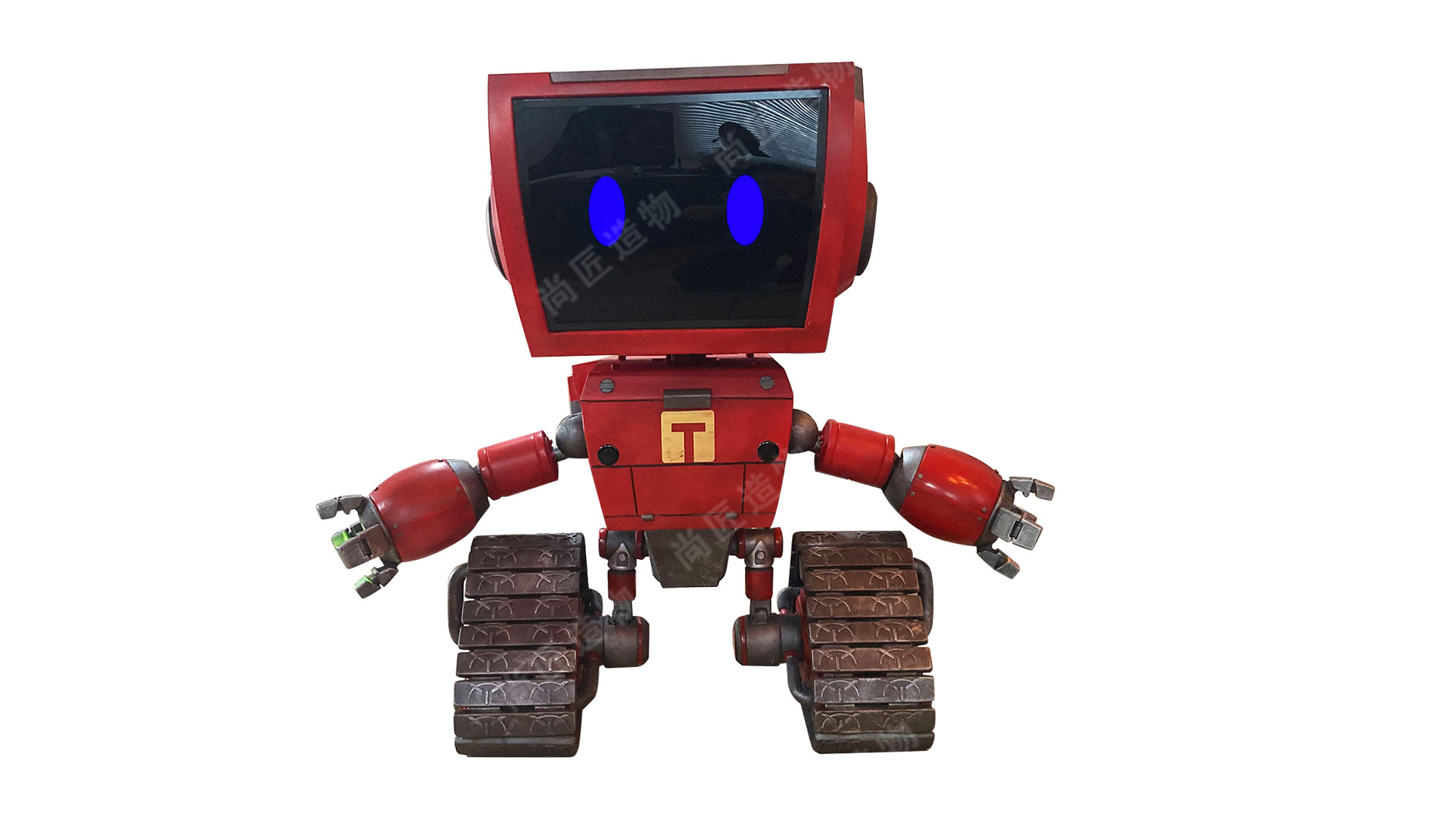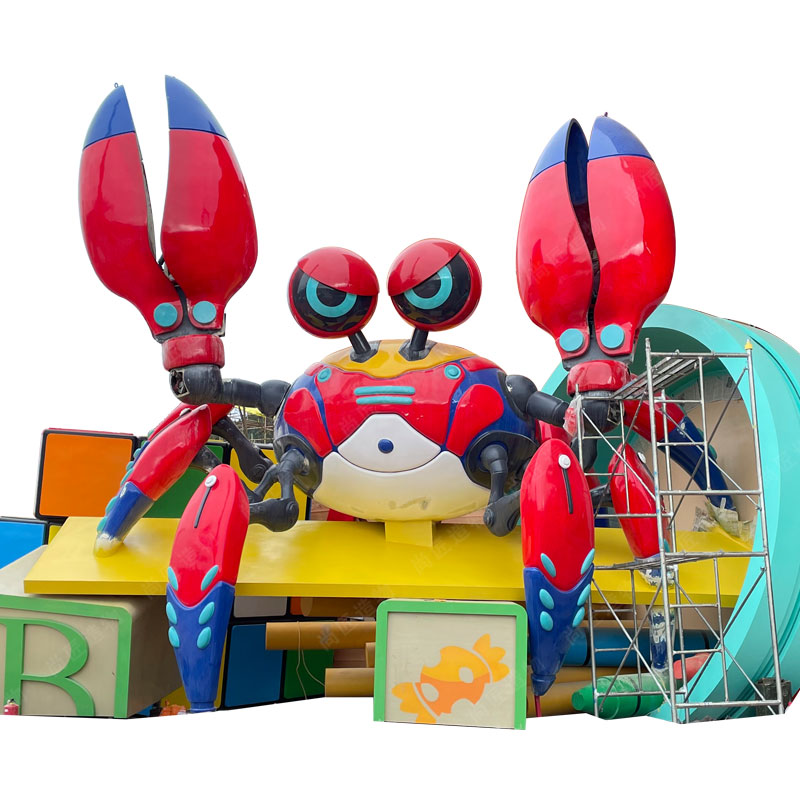Key Takeaways
When building kinetic metal art with rotating motors, understanding core principles ensures both functionality and visual appeal. Start by prioritizing motor torque over speed—higher torque (https://en.artmovr.com/) designs often use laser-cut components (like those made with Glowforge) for precision, enabling layered geometries that rotate independently.
| Motor Type | Torque Range | Ideal Use Case |
|---|---|---|
| Micro DC Motor | 0.5–2.0 N·m | Small, lightweight sculptures |
| Stepper Motor | 3.0–5.5 N·m | Multi-layered designs |
| Gear Motor | 6.0–10.0 N·m | Heavy-duty installations |
Incorporate modular assembly techniques to simplify adjustments, such as using removable brackets or magnetic joints. For perpetual motion, pair motors with low-ffficiency bearings and ensure power sources (e.g., solar panels or rechargeable batteries) align with the sculpture’s runtime needs. Finally, test rotational harmony by incrementally adding layers—each tier should move fluidly without conflicting with adjacent elements. This foundational approach bridges technical precision and artistic vision, setting the stage for deeper exploration in subsequent sections.

Selecting Motors for Kinetic Metal Art
Choosing the right motor is critical for ensuring smooth, continuous motion in kinetic sculptures. Low-torque motors may struggle with heavier metal components, while high-speed motors could destabilize delicate balancing systems. For most mid-sized sculptures, 12V DC gear motors (3-15 RPM) provide optimal torque and control.
"Always test motors under load before final installation—static resistance differs dramatically from dynamic movement," advises kinetic artist Mara Voss.
Three key factors guide motor selection:
- Torque Requirements: Calculate total weight and rotational friction. Add a 30% buffer to account for material variances.
- Speed Control: Variable RPM motors paired with PWM controllers enable adjustable motion patterns.
- Power Efficiency: Lithium-polymer batteries (https://en.artmovr.com/) integrations requiring whimsical movement profiles.
Stepper motors offer precise angular control for synchronized multi-layer pieces but require more complex driver circuits. For beginners, self-locking gear motors prevent unwanted backdriving when power cycles off.
Tip: Use rubberized mounting brackets to dampen vibrations that could loosen connections over time.
Always verify motor certifications for continuous duty cycles—intermittent-rated models risk overheating in perpetual displays. Waterproofing (IP54 or higher) becomes essential for outdoor installations exposed to weather fluctuations.

Designing Balanced Rotating Sculpture Systems
Critical to creating kinetic metal art with smooth, continuous motion is establishing precise balance across rotating components. Begin by calculating the torque and RPM (https://en.artmovr.com/)-grade metals like aluminum for lightweight durability.
This requires testing component placement on a temporary axis before final assembly. For multi-axis systems, ensure each layer’s center of gravity aligns vertically to prevent wobbling. Glowforge-cut acrylic or metal discs serve as reliable bases for mounting motors, while laser-etched alignment marks improve accuracy. When integrating counterweights, use adjustable bolts to fine-tune balance during rotation trials. Advanced creators often employ dynamic balancing apps to measure vibrational frequencies and adjust mass distribution digitally. Proper alignment reduces motor strain, extending runtime and maintaining the illusion of perpetual motion.
Layered Glowforge Techniques for Continuous Motion
Layering precision-cut metal components forms the backbone of seamless rotational movement in motorized kinetic art. By leveraging Glowforge laser-cutting technology, artists can produce identical geometric layers with tolerances under 0.5mm—critical for maintaining balance during rotation. Begin by designing modular patterns in vector software, prioritizing symmetry and weight distribution. For example, circular or hexagonal motifs with evenly spaced cutouts reduce drag while allowing airflow to stabilize motion.
When working with materials like stainless steel, ensure layers are thin enough (1-3mm) to minimize inertia but rigid enough to resist warping. Offset each layer’s rotational axis by 15-30 degrees to create cascading visual effects, and use spacer rods to maintain consistent gaps between tiers. This prevents friction while enabling momentum transfer between layers. For bidirectional rotation, alternate clockwise and counterclockwise motor placements in adjacent tiers, syncing them via programmable microcontrollers.
Integrate counterweights within hidden cavities of laser-cut designs to offset asymmetrical visual elements. Test each layer’s balance independently on a low-speed motor before final assembly, adjusting cutouts or adding subtle bends as needed. These techniques ensure multi-axis rotations remain fluid, transforming static metal into hypnotic, self-sustaining kinetic displays.
Step-by-Step Kinetic Art Assembly Process
Begin by organizing pre-cut Glowforge components, ensuring each layered metal piece aligns with your digital design specifications. Secure micro motors to the base structure using vibration-resistant mounts, positioning them at calculated intervals to maintain equilibrium. Connect drive shafts to motor axles with precision couplings, verifying alignment with a laser level to prevent wobble during rotation. For multi-layer designs, attach secondary rotating arms using stainless steel bearings, spacing them at 15-22mm intervals to avoid harmonic interference—a technique notably employed in IP character sculpture installations.
Wire motors in parallel circuits to distribute electrical load evenly, soldering connections with heat-shrink tubing for insulation. Test rotational smoothness at 50% power before incrementally increasing to operational RPMs, observing balance through high-speed smartphone slow-motion video analysis. Apply graphite powder to friction points if irregular motion occurs, particularly where overlapping components interact. Finalize by calibrating rotational synchronization using programmable Arduino controllers, adjusting delay intervals between motion layers to create cascading visual rhythms. This systematic approach ensures kinetic stability while preserving artistic fluidity, bridging technical precision with creative execution.
Achieving Perpetual Rotation in Metal Art
Creating continuous motion in kinetic sculptures demands precision in both mechanical design and material selection. Unlike static fiberglass sculpture installations, motor-driven metal art requires energy-efficient systems to sustain rotation without excessive power consumption. Start by pairing low-voltage micro motors (3-6V DC) with balanced armatures—laser-cut components from tools like Glowforge ensure geometric consistency, reducing wobble that could disrupt motion.
A critical challenge lies in minimizing friction at pivot points. Incorporating ball bearings or magnetic levitation systems allows axles to spin freely, while weighted counterbalances offset asymmetrical loads. For multi-layered designs, stagger rotational speeds using gear reducers or PWM motor controllers to prevent harmonic interference. Testing incremental adjustments to component alignment—down to 0.5mm tolerances—often reveals hidden friction points that degrade motion over time.
To approximate "perpetual" movement, integrate solar-rechargeable battery packs or kinetic energy recovery modules. These systems harvest ambient light or momentum from the sculpture’s own rotation, extending runtime significantly. However, true perpetual motion remains physically impossible; the goal is to engineer cycles lasting weeks or months between maintenance intervals. This approach bridges artistic vision with mechanical pragmatism, ensuring kinetic works captivate viewers through sustained, fluid motion.
Integrating Clock Mechanisms With Motor Drives
Combining clock mechanisms with motor drives introduces precision timing to kinetic sculptures while maintaining rotational continuity. Traditional clockwork components—gears, escapements, and mainsprings—provide predictable intervals, but integrating them with modern micro motors resolves limitations in sustained motion. Begin by selecting a low-torque clock movement compatible with lightweight metal components, ensuring its gear ratios align with the motor’s RPM range. Stepper motors work particularly well here, as their incremental rotation pairs seamlessly with clockwork’s segmented motion.
To synchronize these systems, attach the motor shaft to the clock’s central arbor using a flexible coupling, allowing minor alignment adjustments. Programmable motor controllers can mimic pendulum-like rhythms or accelerate rotations for dynamic effects. For energy efficiency, power the motor through the clock’s existing weight-driven or spring-loaded mechanism—this creates a hybrid system where the motor assists rather than replaces mechanical energy.
Test the integration by running short cycles to identify friction points, particularly where laser-cut metal layers interact with moving parts. Lubricate brass bushings and polish gear teeth to minimize resistance. This fusion not only enhances reliability but also adds tactile complexity, as viewers observe both traditional horological elements and modern automation working in unison.

Troubleshooting Motorized Sculpture Movement
Even with precise assembly, motorized sculptures may encounter operational challenges. Begin by verifying power sources: weak batteries or unstable electrical connections often cause intermittent motion. Use a multimeter to confirm consistent voltage output, particularly for low-torque micro motors. If components vibrate excessively, check for imbalances in rotating elements. Recalibrate weight distribution by adjusting Glowforge-cut layers or adding counterweights to symmetrical arms—a mismatch as small as 2-3 grams can disrupt smooth rotation.
Alignment issues frequently arise in multi-axis designs. Ensure all rotating joints are perpendicular to their mounting surfaces, using digital calipers for sub-millimeter accuracy. For sculptures with gear-driven systems, inspect teeth meshing; excessive friction may require lubrication or replacement of misaligned gears. Motors overheating during prolonged use signal overload—reduce rotational mass or upgrade to a higher-torque model matching the sculpture’s kinetic load.
Environmental factors like dust accumulation or humidity can impede movement. Apply thin-film silicone lubricants to bearings and protect exposed metal with marine-grade clear coatings. If motion halts unexpectedly, test the motor independently to isolate mechanical vs. electrical faults. Documenting torque requirements and runtime data during initial testing phases simplifies diagnosing recurring issues, ensuring your kinetic art maintains its hypnotic flow.
Enhancing Kinetic Art Durability and Runtime
To ensure long-term operation of motorized kinetic sculptures, focus begins with material selection and mechanical optimization. Corrosion-resistant metals like stainless steel or powder-coated aluminum form the foundation, while high-grade lubricants reduce friction in rotating joints. For motor longevity, opt for brushless DC motors rated for continuous duty cycles—these minimize heat buildup and wear compared to standard hobby motors.
Power delivery systems require careful calibration. Lithium-polymer batteries with built-in charge controllers provide stable voltage, while solar panel integrations offer sustainable runtime extensions for outdoor installations. To prevent mechanical fatigue, reinforce load-bearing connections with threaded locking fasteners and anti-vibration washers.
Environmental adaptability plays a critical role in durability. Apply waterproof conformal coatings to electrical components and use sealed bearings in humid climates. For sculptures exposed to temperature fluctuations, incorporate expansion gaps in layered metal assemblies. Regular maintenance checks should include gear alignment verification and lubrication replenishment, with runtime logs helping predict component replacement timelines.
By balancing these technical considerations with artistic vision, creators can achieve kinetic systems that maintain their hypnotic motion patterns for years rather than months. This approach naturally builds upon earlier discussions of motor selection and assembly processes, creating a cohesive workflow from initial design to lasting installation.

Conclusion
Creating kinetic metal art with continuous rotation merges technical precision with artistic vision. By carefully selecting motors that match your sculpture’s weight and dimensions, establishing balanced systems to prevent wobble, and layering Glowforge-cut components for fluid motion, artists can achieve mesmerizing perpetual displays. While challenges like alignment errors or power inefficiencies may arise during assembly, methodical testing ensures reliable performance over time.
The integration of clock mechanisms or low-energy motor drives expands creative possibilities, allowing for both subtle rotations and complex, synchronized movements. As you refine your designs, prioritize durable materials and energy-efficient components to maintain motion without compromising aesthetics. Whether crafting abstract installations or figurative pieces, the principles of weight distribution, torque calibration, and geometric harmony remain foundational.
By applying these techniques, artists transform static metal into dynamic narratives, where light, shadow, and motion interact seamlessly—a testament to the evolving intersection of craftsmanship and modern engineering.
Frequently Asked Questions
What type of motors work best for small kinetic sculptures?
Low-voltage micro motors (3-6V) with high torque and low RPM (10-30 rotations per minute) are ideal. Gearbox motors provide precise speed control, while stepper motors suit complex rotational patterns. Always match motor power to the sculpture’s weight and size.
How do I prevent wobbling in rotating metal components?
Balance is critical. Use laser-cut acrylic or aluminum test discs to calibrate weight distribution before final assembly. Attach temporary counterweights with adhesive putty during testing, and ensure axle holes are perfectly centered in Glowforge-cut pieces.
Can kinetic art truly rotate "perpetually" without stopping?
While true perpetual motion is physically impossible, lithium-ion battery packs (7.4V) paired with efficient motors can sustain rotation for 40-80 hours. Solar-recharging setups or dual-battery swap systems extend runtime significantly between charges.
What materials hold up best for outdoor kinetic installations?
Anodized aluminum or powder-coated steel resists weather damage. For layered components, UV-stable acrylic outperforms standard plywood. Always seal bearing surfaces with marine-grade lubricant to combat moisture and dust.
Why does my sculpture stall intermittently despite proper voltage?
Check for hidden friction points using graphite powder on axles. Voltage drops in wiring can also cause issues—upgrade to 18-gauge stranded copper wire and confirm all solder joints are solid. Test each motor independently before full integration.
How do clock mechanisms enhance motor-driven sculptures?
Quartz movement kits provide reliable timing circuits to alternate rotation directions or pause intervals. Combine them with motor controllers to create rhythmic patterns, syncing multiple arms or layers for coordinated motion sequences.
 ch
ch English
English






